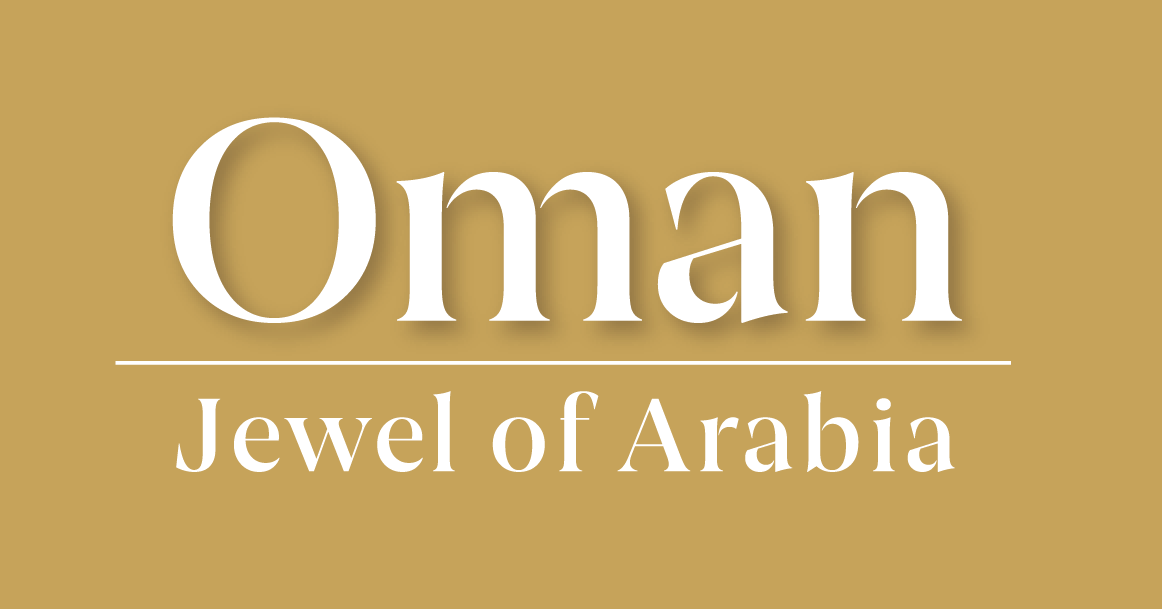
Arabian Sea humpback whales
Aim and introduction
This lesson looks at the uniqueness of the Arabian Sea humpback whale – the only non-migratory species of humpback whale in the world. These whales are thought to be a sub-species of the Indian Ocean humpback whale which split from the main species some 70,000 years ago and have therefore adapted differently to their original species.
The lesson will identify the food web, adaption, threats and possible solutions to save this species of whale.
This lesson will take approximately 1 hour to complete.
Curriculum links
Understand how human and physical processes interact to influence, and change landscapes, environments and the climate; and how human activity relies on effective functioning of natural systems.
Learning goals
- Identify the conditions for the location of these whales and how this has helped them adapt to the environment.
- Examine the food web in which the whales are part of.
- Assess the threats and potential solutions to save these whales.
Learning outcomes
Greater depth: clearly locate where the whales can be found along the Oman coast and show thorough understanding of why they are located there. Identify the connections between a food web and show how the food web is interdependent. Pupils will also link the impacts to the food web based on scenarios given. They will be able to extract key information and classify the threats to the whales offering a considered solution to prevent extinction of this species of whale.
Expected level: locate where the whales can be found along the Oman coast, mostly with accuracy and show understanding of why they are located there. Identify the connections between a food web. Pupils will also link the impacts to the food web based on some of the scenarios given. They will be able to extract information and classify the some of the threats to the whales offering solutions to prevent extinction of this species of whale.
Working towards: locate where some of the whales can be found along the Oman coast, mainly with accuracy and show some understanding of why they are located there. Identify some connections between a food web. Pupils will also link the impacts to the food web based on one of the scenarios given. They will be able to extract information but will need support classifying the threats to the whales offering solutions to prevent extinction of this species of whale but this might not consider the impacts of this solution on people.
Support: with support they will locate where some of the whales can be found along the Oman coast, mainly with accuracy and show limited understanding of why they are located there. With guidance pupils can identify some connections between a food web. Pupils may find it a challenge to link the impacts to the food web based on the scenarios given. With support, they will be able to extract information and classifying the threats to the whales. Solution(s) offered might not be accurate or lack detail, they will not likely consider humans in their solution.
Key terms
- Endangered
- Adaption
- Species
- Food chain
- Food web
- Migration
- Environment
Learning resources
- Teacher Presentation - Arabian Sea humpback whales
- Map of the coast of Oman and the Arabian Sea
- Arabian Sea food web worksheet
- Threats to the Arabian Sea humpback whales information sheet (found in the ‘resources’ section of the teacher PowerPoint)
What you will need
- Poster / coloured paper
- Pens / pencils for poster
Challenge and support
Note down methods to extend and support learning for this lesson.
Starter
Pupils complete a paired descriptive task where they are describing the location of the whales to a partner. Instructions are on the PowerPoint for pupils to follow.
They then add onto their own copy of the map reasons for why they are located there.
Main 1
Pupils complete an exercise identifying the food web the whales are part of. They then complete a series of ‘what if’ scenarios to understand how integrated and fragile the food web system is.
Main 2
Link the food web to the threats the whales are under. Pupils go around the room and identify the different threats, adding summaries to a mind map. They then classify the threats using their own classification system (this will most likely be human and environmental but encourage pupils to think about their own classifications).
Pupils then identify one threat which they want to focus on to provide a solution to.
Plenary
Pupils create a poster to show the threat and possible solution. They can use homework time to conduct extra research / complete the poster if time in the curriculum allows.
File nameFiles
File type
Size
Download
